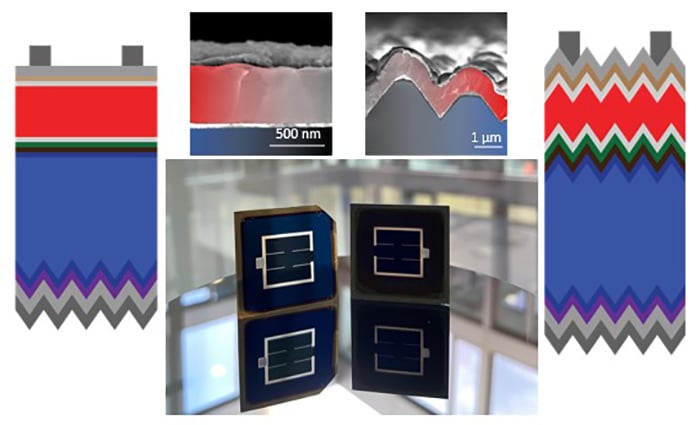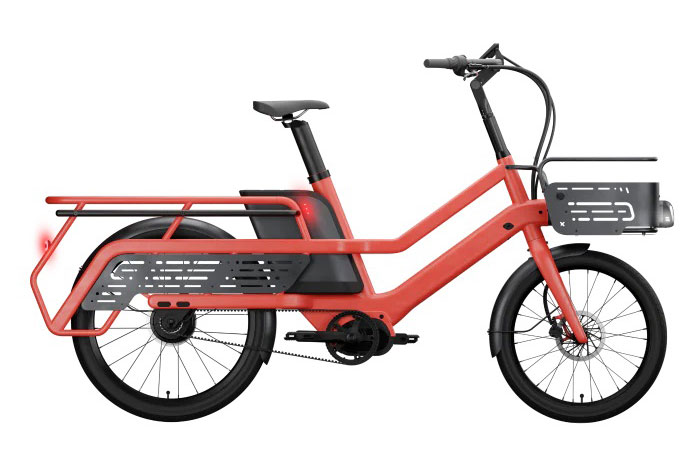Scientists at EPFL’s Photovoltaics and Thin Film Electronics Laboratory, in partnership with the renowned innovation center, CSEM, have broken the efficiency record for perovskite-on-silicon-tandem solar cells, surpassing the milestone of over 30% for the first time. Independently certified by the US National Renewable Energy Laboratory (NREL), these results are a boost for high-efficiency photovoltaics and pave the way toward even more competitive solar electricity generation.
The most adapted solar cell technologies to date are made with silicon thanks to the combination of efficiency, durability, cost, and ease of manufacture. But despite its success, silicon has a theoretical efficiency limit of around 29%. Current efficiencies for this technology stand slightly below 27%, and there is not much room left for growth.
To exceed this limitation, scientists have added one (or more) complementary solar cells to silicon to form tandem solar cells. The higher-energy visible light of the sun is absorbed in the top cell, while the lower-energy infrared light is absorbed in the silicon cell placed at the rear of the tandem. Perovskites have been identified as an ideal partner for silicon, as they can convert visible light more efficiently to electrical power in comparison to silicon alone, without overly increasing fabrication costs.

“We have passed a psychological barrier,” says Christophe Ballif, Head of the EPFL Photovoltaics Laboratory and CSEM’s Sustainable Energy Center. “We have validated experimentally the high-efficiency potential of perovskite-on-silicon tandems. The 30% efficiency mark had already been achieved with other types of materials, namely III-V semiconductors. However, these materials and the processes used to make them are too expensive to sustain the energy transition – these devices are a thousand times more expensive than silicon solar cells. Our results are the first to show that the 30% barrier can be overcome using low-cost materials and processes, which should open new perspectives for the future of PV.”
Now, the researchers at EPFL and CSEM have developed perovskite-on-silicon tandem solar cells with improved efficiency using two different designs. First, they adapted materials and fabrication techniques to deposit high-quality perovskite layers from solution on a planarized silicon surface, reaching a power conversion efficiency of 30.93% for a 1 square centimeter solar cell. Secondly, by working on a new version of a hybrid vapor/solution processing technique compatible with textured silicon surfaces, they have produced a solar cell with a power conversion efficiency of 31.25% (again on 1 square centimeter).
The result constituted two new world records – one for the planar and one for textured device architecture. The latter approach provides a higher current and is compatible with the structure of current industrial silicon solar cells. The previous efficiency conversion record was set in 2021 by a team at the Helmholtz Zentrum Berlin, which achieved 29.8%.
Perovskite-silicon solar cell achieves record efficiency of 31.25%
Source: Tambay News






0 Comments